The concept of grafting compatibility in plants might seem like an obscure botanical detail, but it holds profound implications for agriculture, horticulture, and even ecosystem management. Much like blood transfusions in humans, grafting requires a delicate biological match between donor and recipient. When successful, this ancient practice can yield stronger, more resilient plants capable of withstanding environmental stresses that would cripple their ungrafted counterparts. The parallels between plant grafting and medical transfusion run deeper than one might imagine—both involve the careful matching of living tissues, both carry risks of rejection, and both have the power to save lives in their respective realms.
At its core, grafting represents one of humanity's earliest forays into biological engineering. For over 4,000 years, farmers have been joining different plant varieties together, creating chimeric organisms that combine the best traits of both. The process typically involves attaching the shoot system (scion) of one plant to the root system (rootstock) of another. What appears as a simple mechanical union belies the complex cellular interactions occurring at the graft junction. Successful grafts require compatibility between the two plant partners—a mysterious alchemy that scientists are only beginning to fully understand.
The vascular connection forms the crux of graft compatibility. After the initial wound response, the two plants must establish functional xylem and phloem connections across the graft union. This vascular "plumbing system" allows for the transport of water, nutrients, and signaling molecules between rootstock and scion. Some plant combinations form these connections easily, while others fail spectacularly. The reasons behind these successes and failures remain one of botany's most intriguing puzzles, with researchers uncovering new pieces of the compatibility puzzle each year.
Molecular biologists have identified several factors influencing graft compatibility. Phylogenetic relationship plays a significant role—plants within the same genus or family generally graft more successfully than distant relatives. However, exceptions abound in both directions. Some closely related species reject each other while certain improbable pairings thrive. This suggests that compatibility involves more than just genetic similarity. Cell wall composition, hormone signaling pathways, and the plant's immune response all contribute to whether two specimens will accept or reject each other.
The immune system analogy proves particularly apt when examining graft incompatibility. Plants possess sophisticated mechanisms for recognizing self from non-self tissue. When incompatible plants are grafted, the recipient often mounts a defense response similar to how human bodies reject mismatched organ transplants. Lignin deposits form at the graft interface, creating a biological barrier that prevents proper vascular connection. In other cases, the union may appear successful initially, only to fail months or years later when accumulated stresses overwhelm the tenuous connection.
Delayed incompatibility presents one of the most frustrating challenges for growers. A graft that appears healthy through several growing seasons can suddenly collapse when the tree reaches maturity or encounters environmental stress. This phenomenon has devastated commercial orchards, where entire blocks of apparently thriving trees decline simultaneously. Researchers suspect these delayed failures may result from gradual buildup of metabolic incompatibilities or subtle differences in growth rates that stress the graft union over time.
Modern science has brought new tools to study these ancient practices. Advanced imaging techniques allow scientists to observe graft union formation at cellular levels, while genomic studies reveal which genes activate during successful grafting. Perhaps most excitingly, researchers have begun identifying molecular markers that predict compatibility between plant varieties. These discoveries could revolutionize nursery production by enabling breeders to screen potential rootstock-scion combinations before investing years in field trials.
The practical applications of grafting compatibility research extend far beyond traditional agriculture. As climate change alters growing conditions worldwide, grafting offers a potential lifeline for vulnerable crops. Drought-resistant rootstocks can provide water-stressed scions with a survival advantage, while cold-hardy bases may extend the growing range of temperature-sensitive varieties. Urban farming and vertical agriculture systems increasingly rely on grafted plants to maximize production in confined spaces. Even forest restoration efforts employ grafting techniques to propagate superior genotypes for reforestation projects.
Interestingly, some of the most promising compatibility research comes from studying natural grafting phenomena. In forests worldwide, roots of individual trees sometimes graft together spontaneously, creating vast underground networks. These natural grafts challenge our understanding of compatibility boundaries, as they often occur between different species that would never graft successfully in cultivation. Deciphering how these wild grafts overcome compatibility barriers could unlock new possibilities for agricultural applications.
The future of grafting compatibility research appears remarkably bright. Emerging technologies like CRISPR gene editing may allow scientists to modify compatibility factors directly, potentially enabling grafts between previously incompatible species. Other researchers explore the role of microbiome communities in graft success, investigating whether root-associated bacteria and fungi facilitate vascular connections. Meanwhile, tissue culture techniques offer new ways to overcome compatibility barriers by creating transitional cell layers that mediate between incompatible partners.
As we deepen our understanding of this botanical "blood typing" system, we gain not just practical agricultural tools but also profound insights into plant communication and evolution. The silent negotiations occurring at every successful graft junction reveal a hidden world of cellular diplomacy, where plants constantly assess and respond to their living neighbors. What began as an empirical art practiced by ancient farmers has blossomed into a cutting-edge science that continues to surprise us with each new discovery.
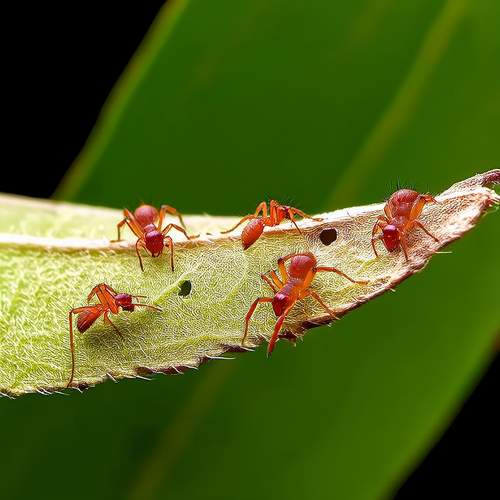
By /May 21, 2025
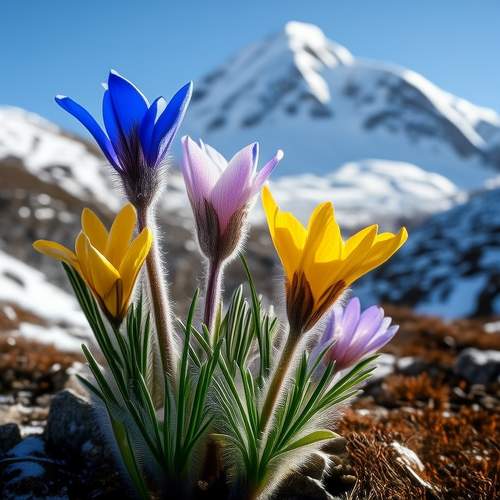
By /May 21, 2025
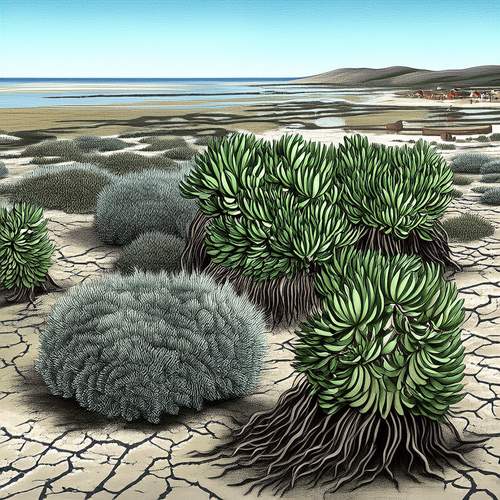
By /May 21, 2025

By /May 21, 2025
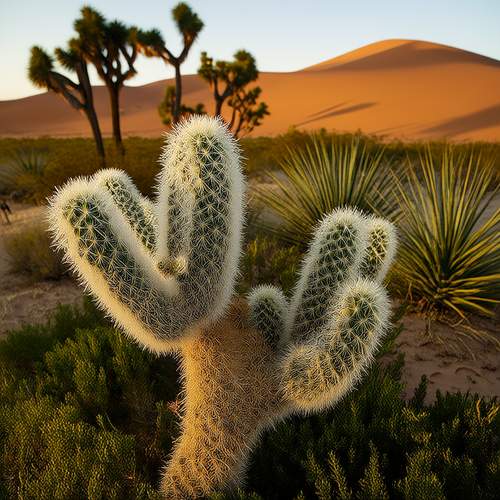
By /May 21, 2025
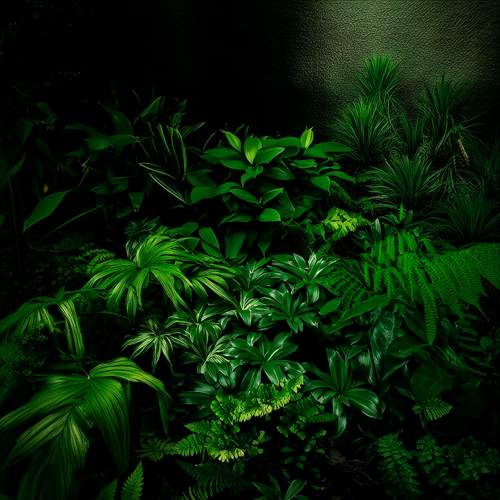
By /May 21, 2025
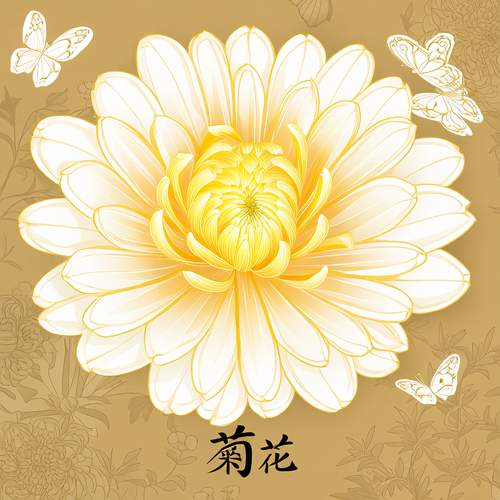
By /May 21, 2025
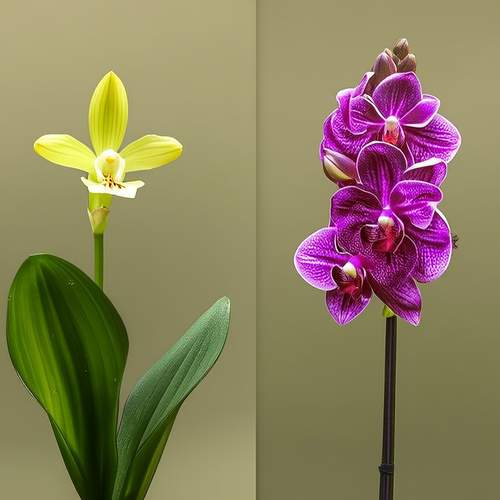
By /May 21, 2025
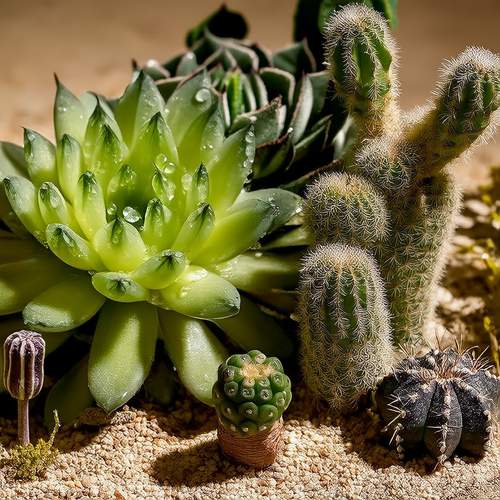
By /May 21, 2025
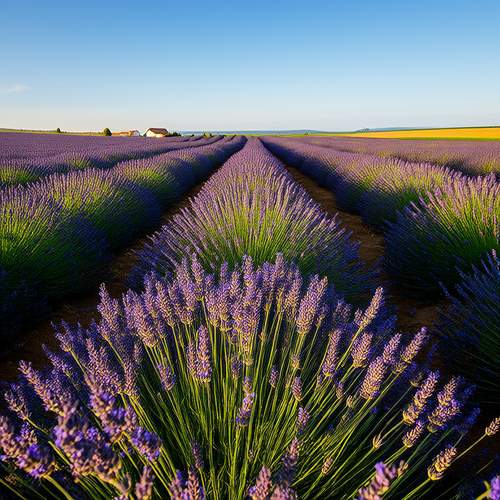
By /May 21, 2025
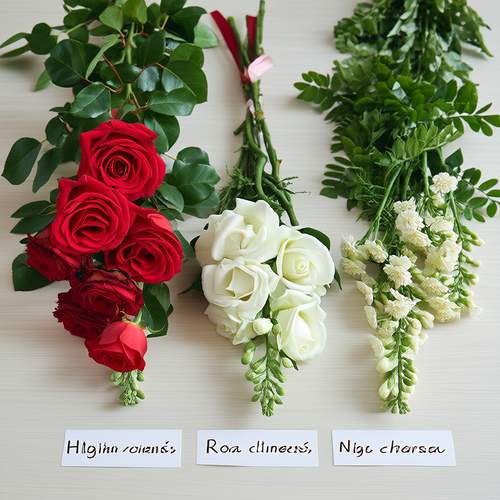
By /May 21, 2025
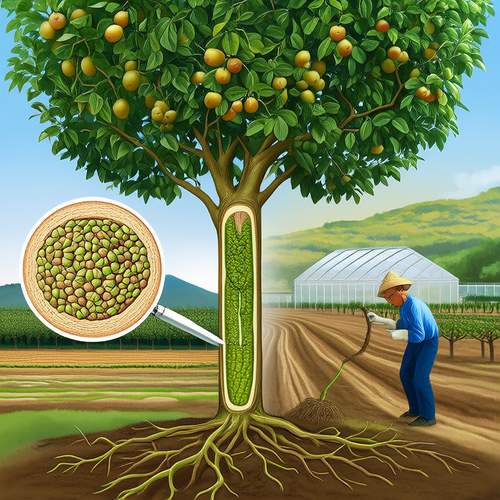
By /May 21, 2025

By /May 21, 2025
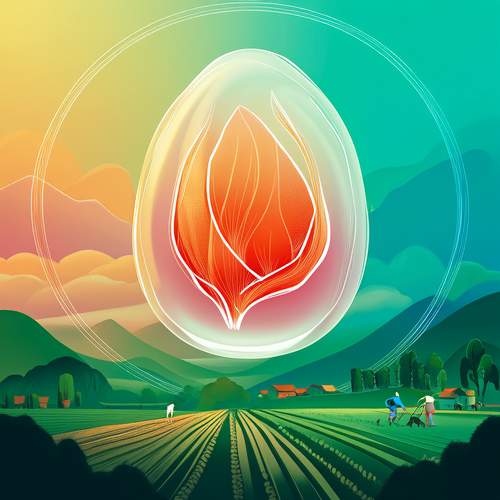
By /May 21, 2025
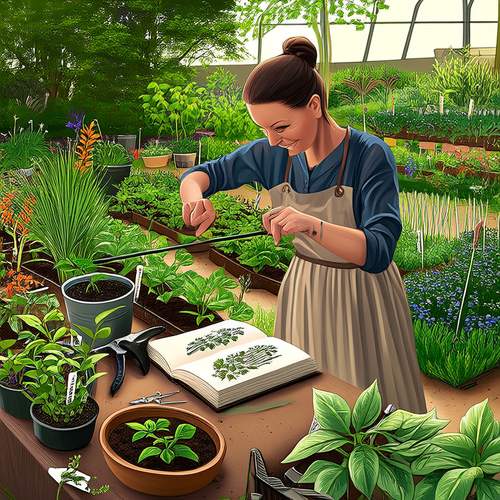
By /May 21, 2025
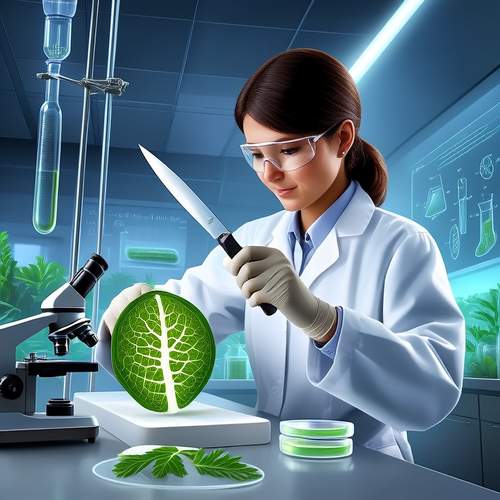
By /May 21, 2025

By /May 21, 2025
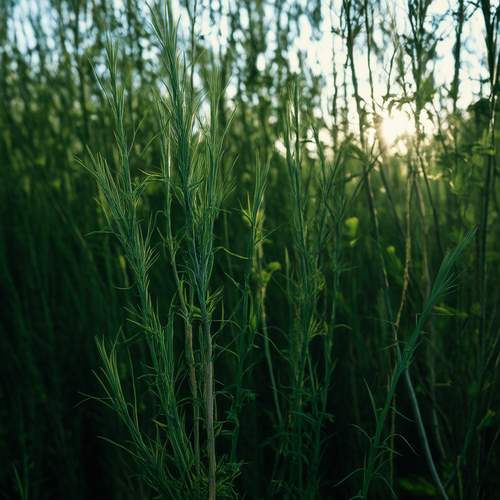
By /May 21, 2025
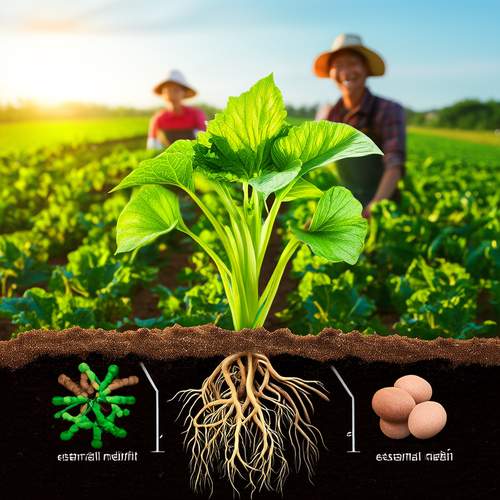
By /May 21, 2025
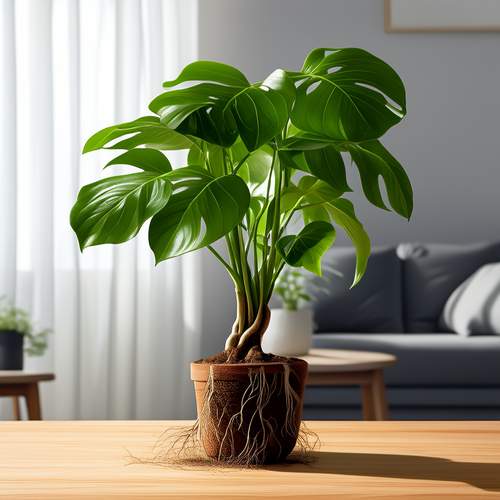
By /May 21, 2025